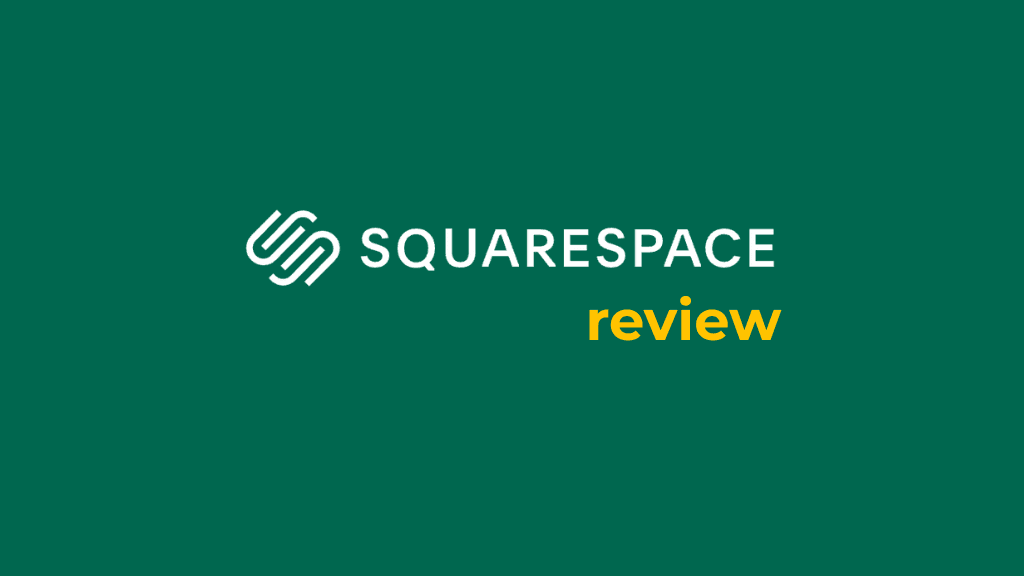In this Squarespace review, I’m going to highlight the key things that you need to know about this popular website builder.
I’ll take you through five really great things about the platform, and five things that might make you think twice about using it.
My quick verdict on Squarespace
Squarespace is one of the most user-friendly store building platforms on the market, and its templates have a wow factor that set them apart from those of its competitors. Thanks to its ‘membership sites’ feature, it’s a particularly good choice for selling paywalled content or online courses.
Squarespace falls down however when it comes to its international selling capabilities — it only lets you sell products in one currency, and it forces you to use an expensive tranlsation tool, Weglot, if you want to create multilingual versions of your website. This makes the platform less scalable than some of its competitors, especially those like Shopify that come with more sophisticated features for selling in multiple currencies and languages.
Overall score: 4 / 5
Let’s start things off with a look at the advantages of using Squarespace.
Advantages of using Squarespace
1. The Squarespace templates are great
Squarespace templates look great and can help you achieve professional results really quickly. There are over 180 of these bundled with the platform, and they have a wow factor that you won’t find from many competing platforms’ templates.
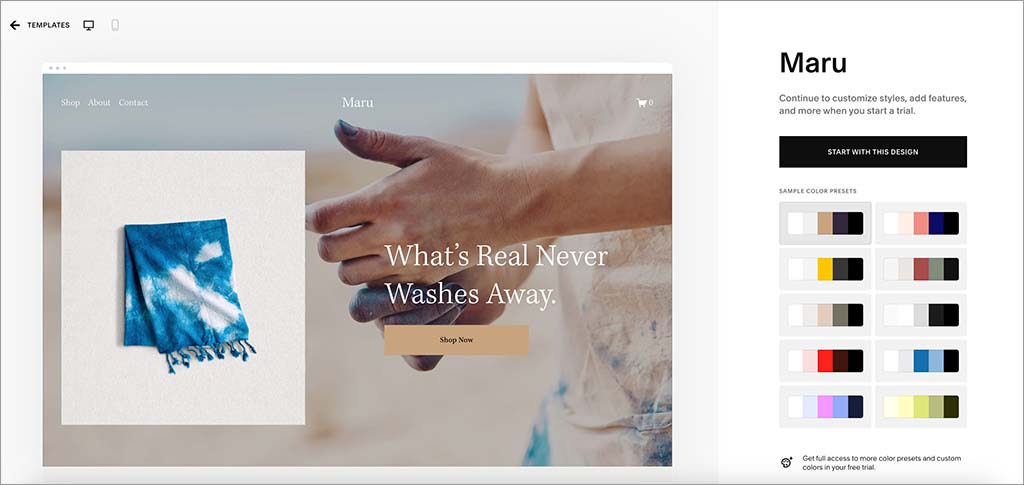
And, thanks to their responsive, mobile-friendly design, websites and online stores created using Squarespace look great not just on desktop computers but on smartphones and tablets too.
2. The platform is easy to use
With Squarespace, you don’t need to install any software to build a website — everything is done online in your web browser.
You won’t face much of a learning curve from the platform — you simply click on something you’d like to change and use the controls provided to edit text, images, colours or fonts.

And, thanks to its new AI-powered ‘Blueprint’ feature, Squarespace can do quite a lot of the design work for you. With Blueprint, you enter a few details about the type of site you’d like to build, specify some design preferences, and Squarespace will use this information to automatically create a draft of your website.
This can save you a lot of time, while giving you a strong starting point for a site design.
3. You can sell online easily with Squarespace
Squarespace comes with built-in ecommerce features that let you sell not just physical products but digital products, subscriptions and site memberships too.
As with the Squarespace interface in general, the learning curve for these features is not steep and you can get going with ecommerce really quickly using the platform.
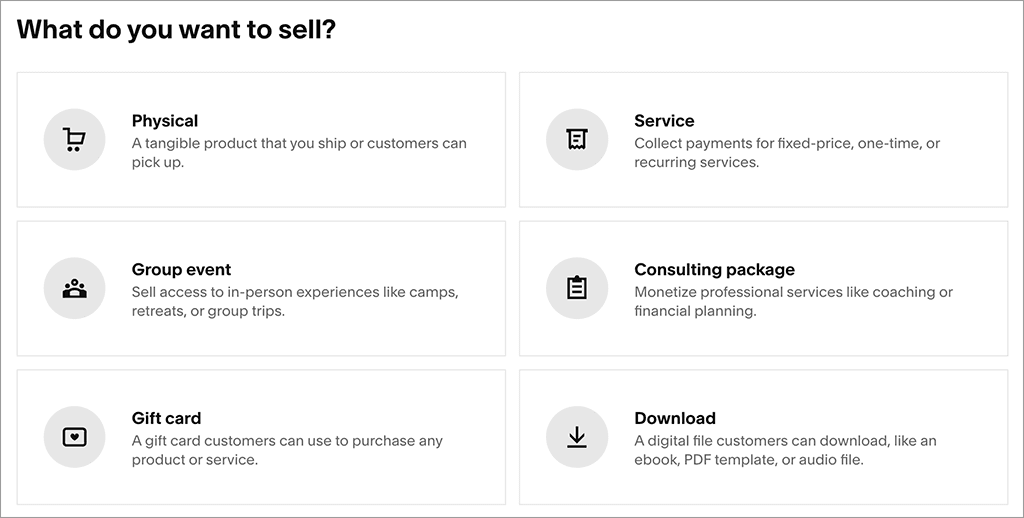
In particular, Squarespace is great for selling gated content like membership areas or online courses, and it lets you add a paywall to your blog too. This makes the platform a good choice for creators and educators that are aiming to monetize their content.
Automatic tax calculation features are provided too, and these work in an increasing number of territories.
4. Squarespace gives you access to built-in email marketing features
Squarespace doesn’t just give you a way to build a website or online store — it gives you access to an increasingly sophisticated email marketing system, Squarespace Email Campaigns. You can use this feature to either send ad hoc newsletters, or set up automated messages that are triggered by actions on your site (for example a purchase or a form completion).
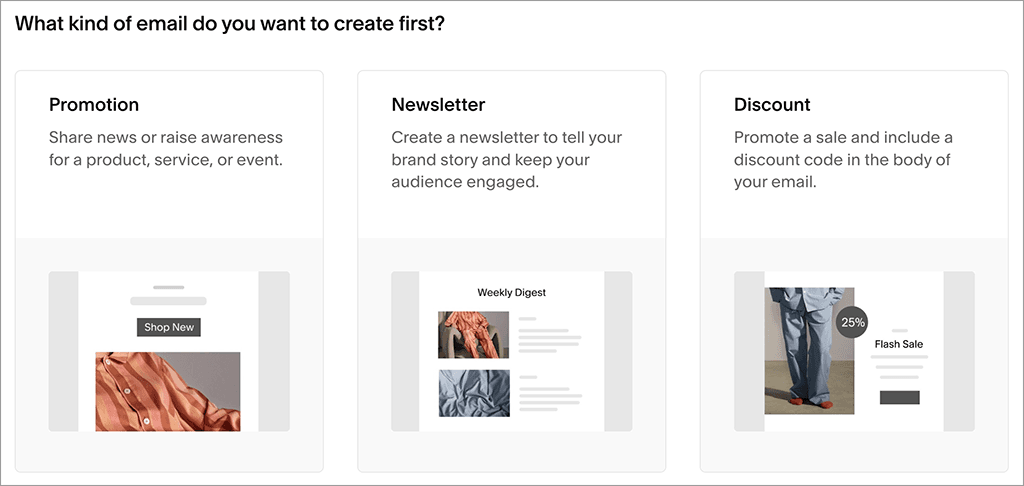
Squarespace Email Campaigns is easy to use, and lets you make use of attractive templates to market your site’s content and products. Most importantly, it’s tightly integrated with your Squarespace website — it lets you drag and drop products or content directly from your site straight into your e-newsletters.
Add-on fees apply for using this, but they are reasonable — and for many users, the convenience of being able to manage both a website and email marketing in one place will more than justify the extra cost.
5. It’s particularly good for creating content sites
Squarespace comes with blogging tools, galleries and magazine-style layouts that make the platform a good choice for anyone working in a creative industry.
Its image manipulation tools are particularly good — you can edit photos in a large number of ways using Squarespace, and present them nicely using attractive gallery formats. The platform also supports video, audio and podcast integration, making it ideal for content-heavy sites.
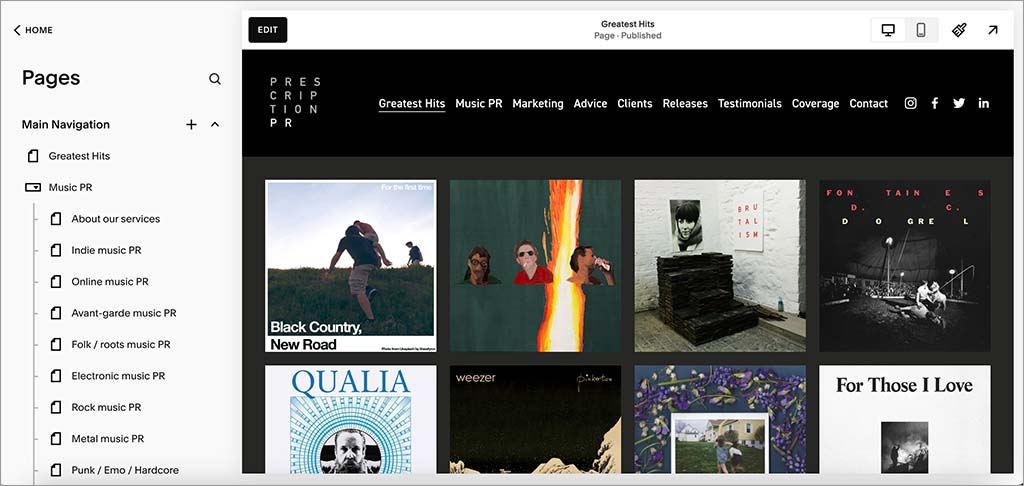
If you’re a photographer, designer, writer or any kind of visual creator, it’s hard to find a platform that makes your work look quite as good as Squarespace does.
Ok — so that’s five things I really like about Squarespace. But what about its disadvantages?
The disadvantages of using Squarespace
1. The ecommerce features are basic
Squarespace’s ecommerce features, while very easy to use, are pretty basic. The platform only lets you sell in one currency at a time and the only point-of-sale hardware it lets you use is a card reader.
This means that while Squarespace works well as a solution for creating simple online stores, it’s not the most scalable solution — particularly if you have ambitions to sell your products internationally or at retail outlets.
2. It doesn’t give you autosave or version history features
Unlike some competing platforms, Squarespace doesn’t autosave your content or keep a history of previous versions of it. This means you can occasionally lose work if your computer crashes or your Internet connection goes down.
And if you accidentally delete or overwrite something important, there’s no way to roll back to an earlier version.
3. Translating a Squarespace site can get very expensive
To translate a Squarespace site, you’ll need to use the third-party service Weglot. And this isn’t cheap: if for example you wanted to translate your site into 10 languages, you’d be looking at a $299 per month fee (which, for most users, would far exceed the cost of their Squarespace subscription).
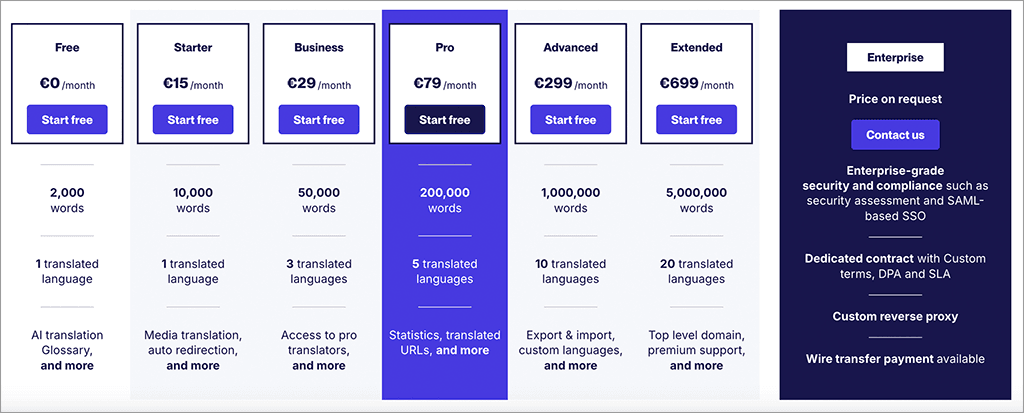
For context, competing platforms like Wix and Shopify have built-in translation features that you can use entirely for free.
4. There aren’t that many Squarespace apps available
If you want to add more functionality to your Squarespace site, or connect it to other platforms, you might be a bit disappointed. There are only about 40 apps and integrations available for Squarespace in its app store — much less than you’ll find for many competing website builders.
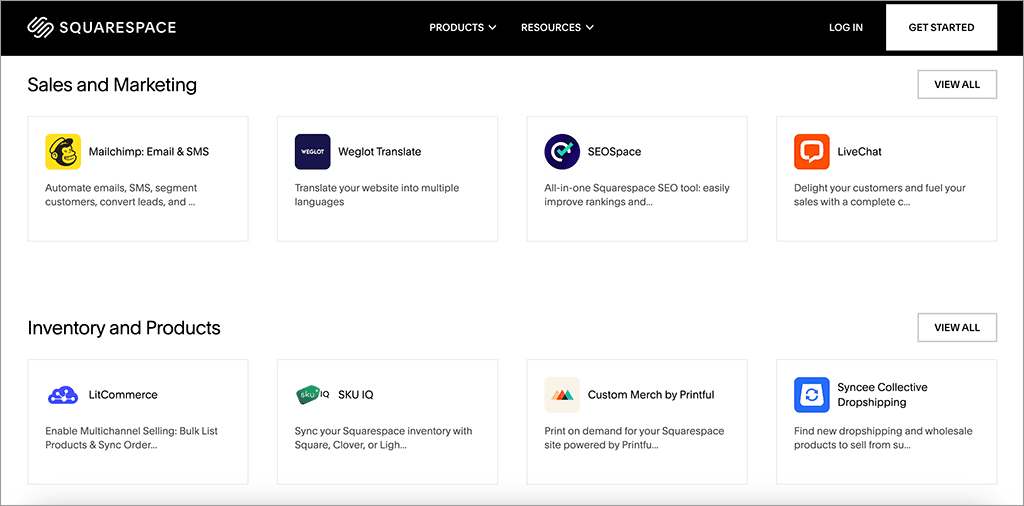
(For context, Wix gives you access to over 1,400 apps and Shopify 16,000).
Squarespace’s limited selection of apps (or, in Squarespace speak, ‘extensions’) can restrict your ability to grow or scale your site.
5. There’s no phone support
If you have a problem with Squarespace and want to speak to a human being about it in person, you’re out of luck. You’ll have to make do with live chat or email support.
Now to be fair, my experience of Squarespace support has been reasonably positive — their customer service team has generally been able to address any issues I’ve had with the platform (although that said, they’ve not always been the most helpful when it comes to dealing with more niche issues, like ensuring GDPR compliance).
But not having access to a phone support line can be frustrating — particularly if you’ve got an urgent issue or a technical problem that’s hard to explain over email.
Squarespace pricing
Plan
Monthly cost (USD)
Basic
$14
Core
$21
Plus
$49
Advanced
$92
User reviews and ratings
What do real-world Squarespace users make of the platform? To find this out, I compiled some data on user reaction to the platform from popular software review sites. You can check this out using the table below.
Review site
User rating (out of 5)
Capterra
4.6 (3,301 reviews)
G2
4.4 (1,082 reviews)
TrustPilot
1.2 (1,439 reviews)
TrustRadius
4.3 (323 reviews)
Average
3.6 out of 5
Squarespace review verdict
Squarespace is a really good choice for individuals or businesses that want to showcase their work, and it’s especially good for those working on creative projects. It’s easy to use, comes with excellent templates, and offers a wide range of ways to present or paywall content.
For ecommerce applications however, it’s less impressive. It doesn’t facilitate multi-currency selling, and its point of sale options are extremely limited. But that said, if you’re happy to sell in one market, it’s a very good option.
Squarespace pros and cons summary
☑️ It comes with excellent templates
❌ It only lets you sell in one currency at a time
☑️ It’s easy to use
❌ There are no autosave / backup features provided
☑️ It provides good selling tools, especially if you need to paywall content
❌ Translating a Squarespace site can get expensive
☑️ It provides good built-in email marketing features
❌ A limited number of apps and integrations are available for the platform
☑️ It’s great for building content sites
❌ No phone support
Chris Singleton is the Founder and Director of Ecommercetrix.
Since graduating from Trinity College Dublin in 1999, Chris has advised many businesses on how to grow their operations via a strong online presence, and now he shares his experience and expertise through his articles on the Ecommercetrix website.
Chris started his career as a data analyst for Irish marketing company Precision Marketing Information; since then he has worked on digital projects for a wide range of well-known organizations including Cancer Research UK, Hackney Council, Data Ireland, and Prescription PR. He then went on to found the popular business apps review site Style Factory, followed by Ecommercetrix.
He is also the author of a book on SEO for beginners, Super Simple SEO.
